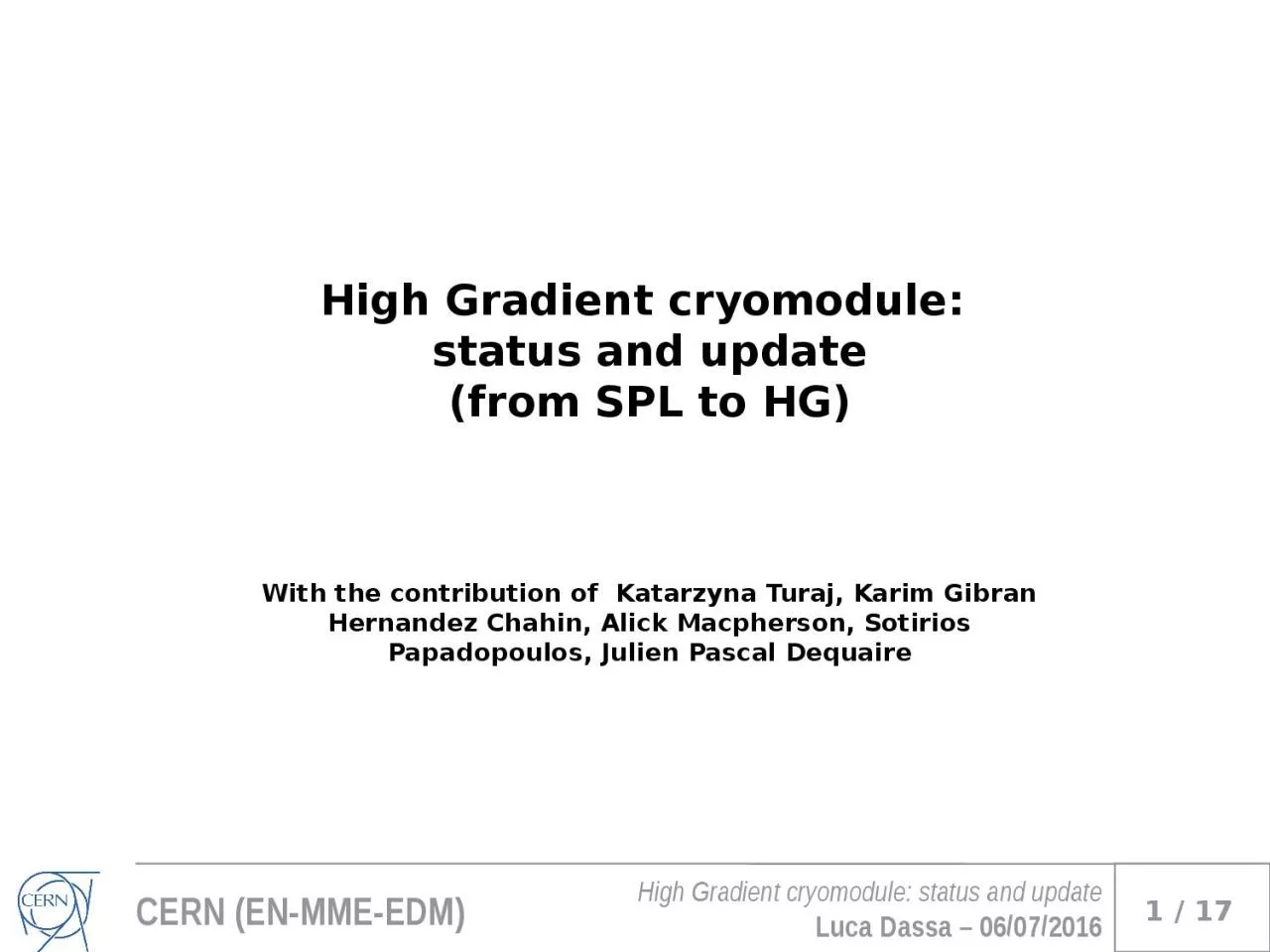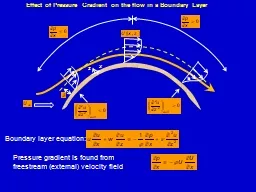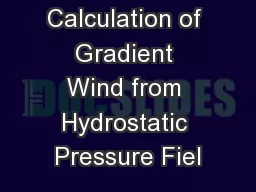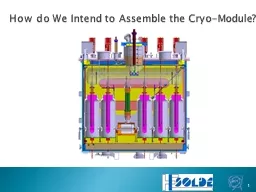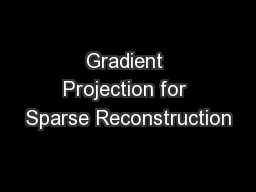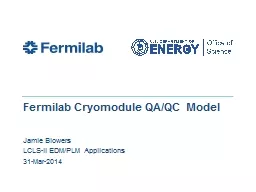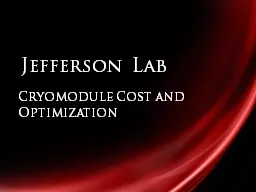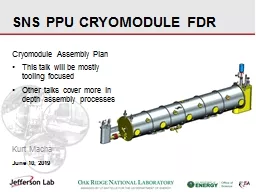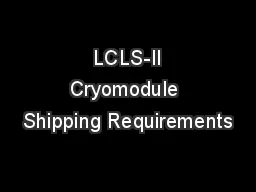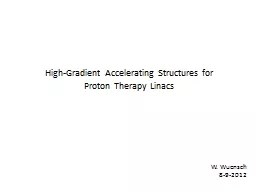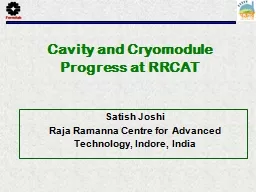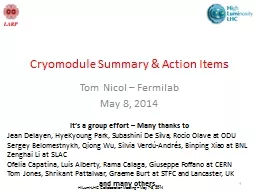PPT-High Gradient cryomodule
Author : GymRat | Published Date : 2022-08-04
status and update from SPL to HG With the contribution of Katarzyna Turaj Karim Gibran Hernandez Chahin Alick Macpherson Sotirios Papadopoulos Julien Pascal
Presentation Embed Code
Download Presentation
Download Presentation The PPT/PDF document "High Gradient cryomodule" is the property of its rightful owner. Permission is granted to download and print the materials on this website for personal, non-commercial use only, and to display it on your personal computer provided you do not modify the materials and that you retain all copyright notices contained in the materials. By downloading content from our website, you accept the terms of this agreement.
High Gradient cryomodule: Transcript
Download Rules Of Document
"High Gradient cryomodule"The content belongs to its owner. You may download and print it for personal use, without modification, and keep all copyright notices. By downloading, you agree to these terms.
Related Documents

